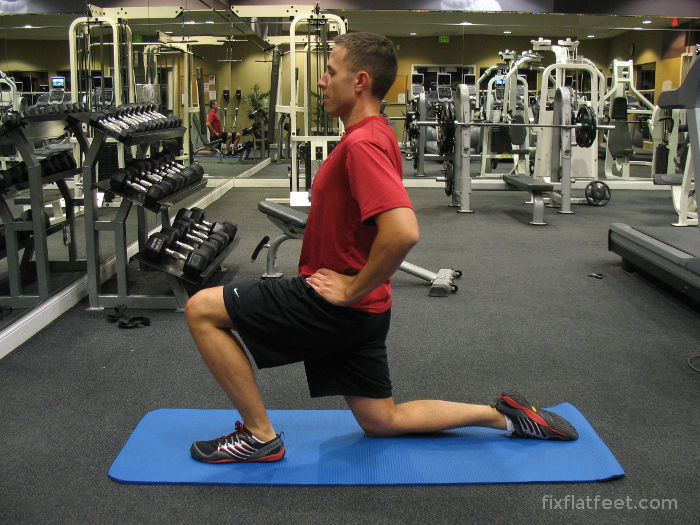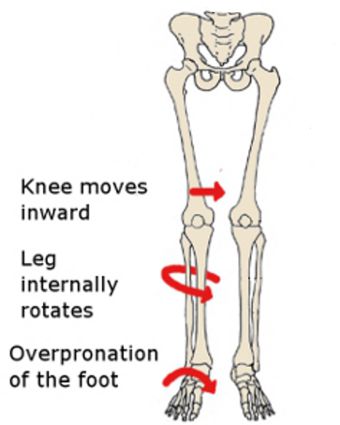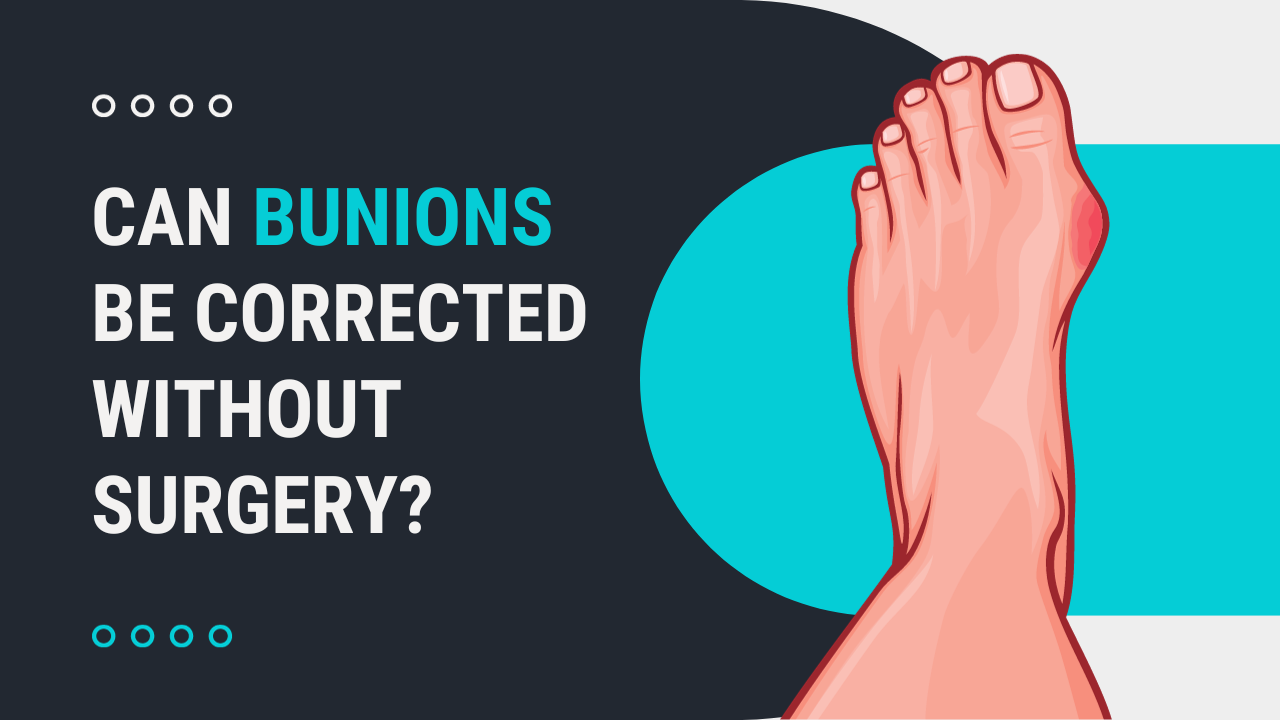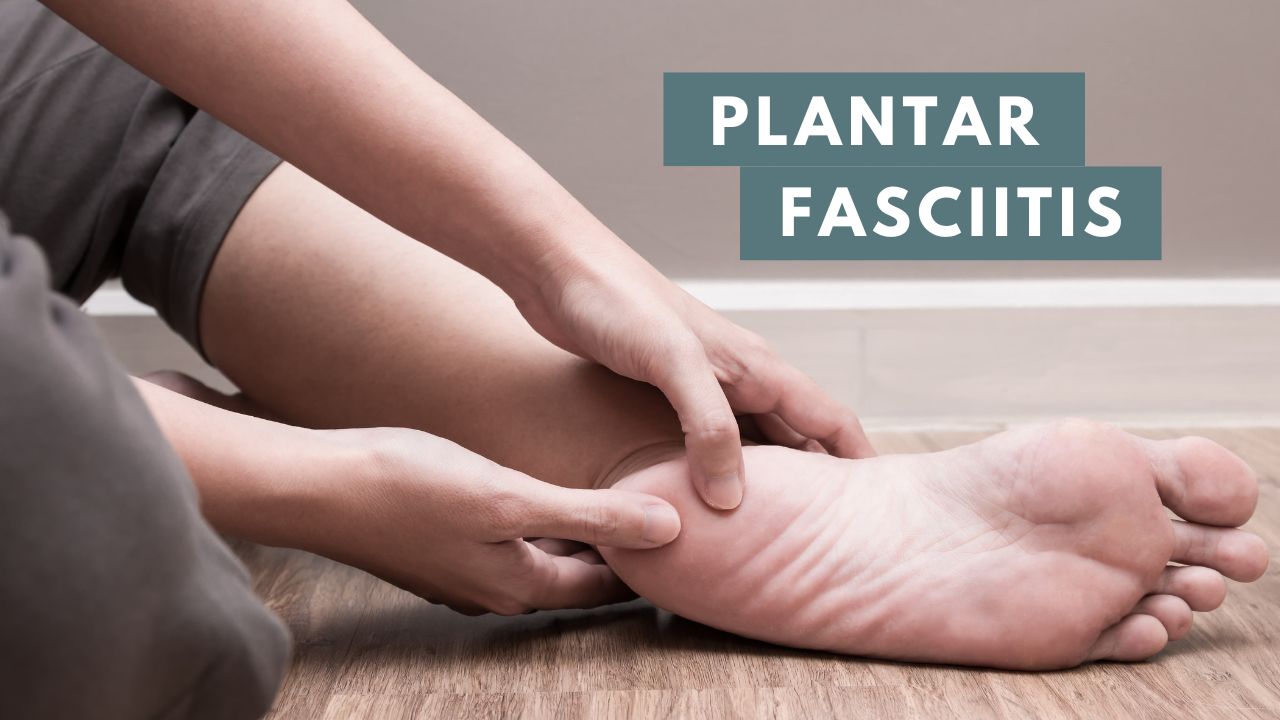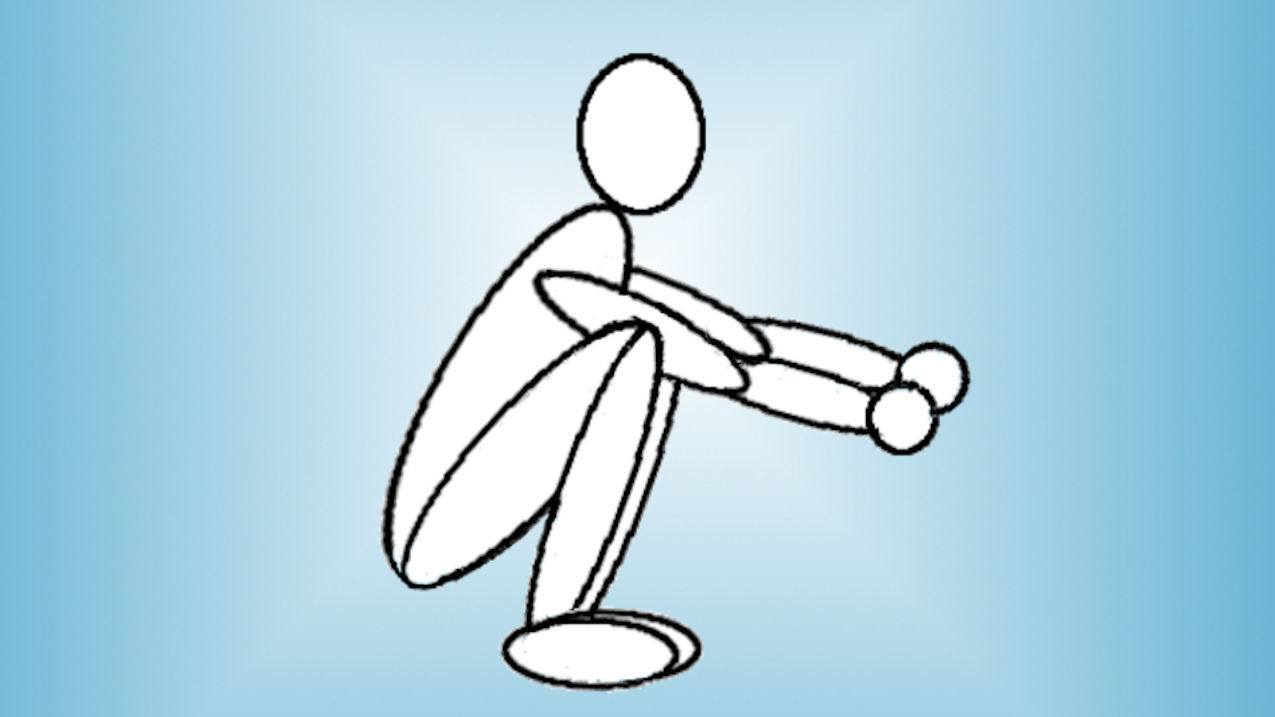There is growing evidence that hip weakness can contribute to a number of problems, including flat feet and excessive pronation. The position of the hips affects both the alignment of the leg and the way forces travel through the leg. Hip weakness and poor control over hip movement can lead to higher stresses on structures farther down the leg.
How Weak Hips Contribute To Flat Feet
The large bone of the thigh is called the femur. At one end it connects with the pelvis to form the hip joint and at the other end, it joins with the lower leg at the knee joint.
The hip is a ball-and-socket joint similar to the shoulder. Like the shoulder, the hip moves in a number of ways.
There are several large muscles that attach on to the hip to help control these movements.
The largest muscle in the body, the gluteus maximus, is one of the main movers of the hip. There are also several smaller muscles in the hip that assist with the front-to-back, side-to-side, and rotation movements of the leg.
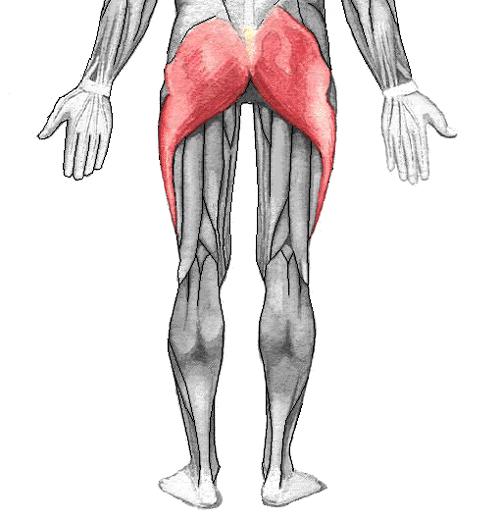
The hip muscles help control the alignment of the leg which then affects how weight is transferred from the hip to the foot.
Certain positions of the hip put pressure on the foot and ankle to roll inward. This can partly explain how hip weakness would contribute to flat feet.
Hip Muscles
The muscles that control hip abduction (the outward movement of the leg) and hip external rotation are the ones primarily responsible for making sure the leg doesn’t move inward.
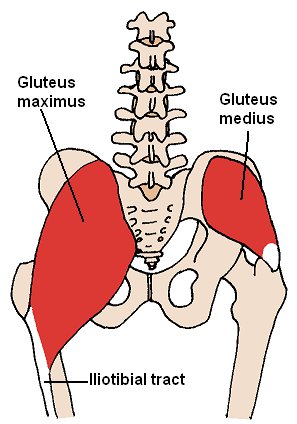
These muscles include the glutues maximus, medius, and minimus and also several of the smaller muscles contained within the pelvis.
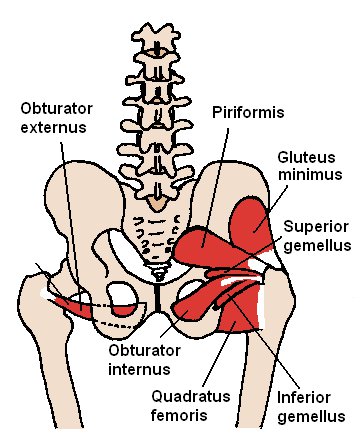
Hip Weakness and Pronation
Internal rotation or adduction (inward movement) of the leg promotes the inward collapse of the ankle and foot. The muscles of the foot can be used to counteract this movement, but they are relatively small muscles and can only fight back with a small amount of force.
A lack of hip strength or control can be especially problematic with activities that require the body to balance on one leg, like walking and running. With these tasks, the hip muscles need enough strength to support the entire weight of the body in order to maintain alignment.
Since the body is a complex system of interconnected parts, I don’t like to look at something like hip strength in isolation. So I wouldn’t say weak hips cause flat feet or vice versa.
My approach was to look at how the foot and the hip work together. Strengthening the hips can create better options for how the foot functions. At the same time, developing control at the foot level can allow the hip muscles to function better.
Strengthening Weak Hips
I tested out a lot of hip strengthening exercises as part of my program to fix flat feet and stop overpronation.
I was lacking some strength, particularly on the right side, that I mostly attribute to the way I was walking.
Retraining myself to hold a stable arch and engage the glutes to extend the hip when I walked probably provided a lot more benefit than any single hip strengthening exercise.
As did working on keeping good foot posture during exercises that target the hips.
For example, performing exercises like squats and hip bridges (that have the foot on the ground) while trying to maintain an arch in the foot seemed helpful.
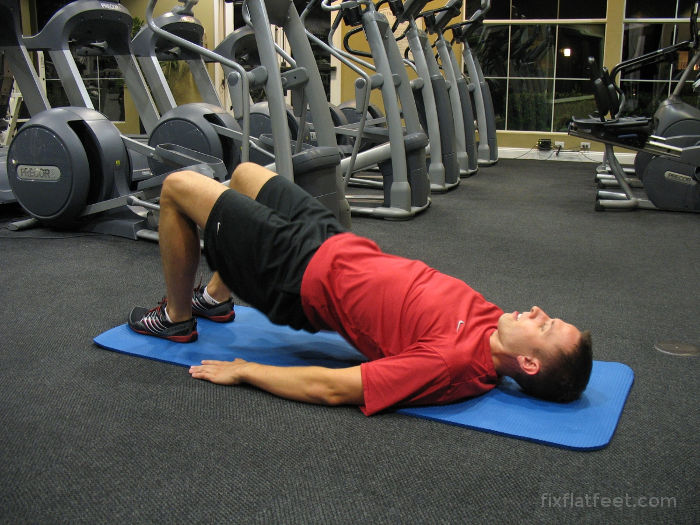
This concept of controlling foot posture can be applied to a lot of situations, like single-leg balance training.
Working on reducing anterior pelvic tilt posture probably helped as well since keeping the pelvis in a more neutral position alters the activity of the hip muscles.
References
- Goo YM, Kim TH, Lim JY. The effects of gluteus maximus and abductor hallucis strengthening exercises for four weeks on navicular drop and lower extremity muscle activity during gait with flatfoot. Journal of physical therapy science. 2016 Mar;28(3):911.
- Goo YM, Kim DY, Kim TH. The effects of hip external rotator exercises and toe-spread exercises on lower extremity muscle activities during stair-walking in subjects with pronated foot. Journal of physical therapy science. 2016 Mar;28(3):816.
- Kendall FP, McCreary EK, Provance PG, Rodgers MM, Romani WA. Muscles, testing and function: with posture and pain.
